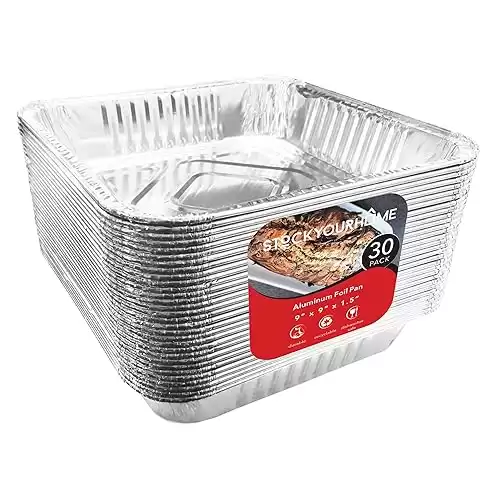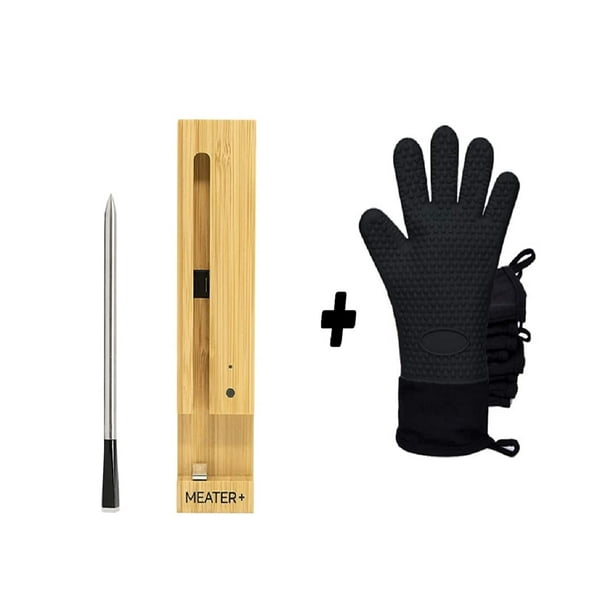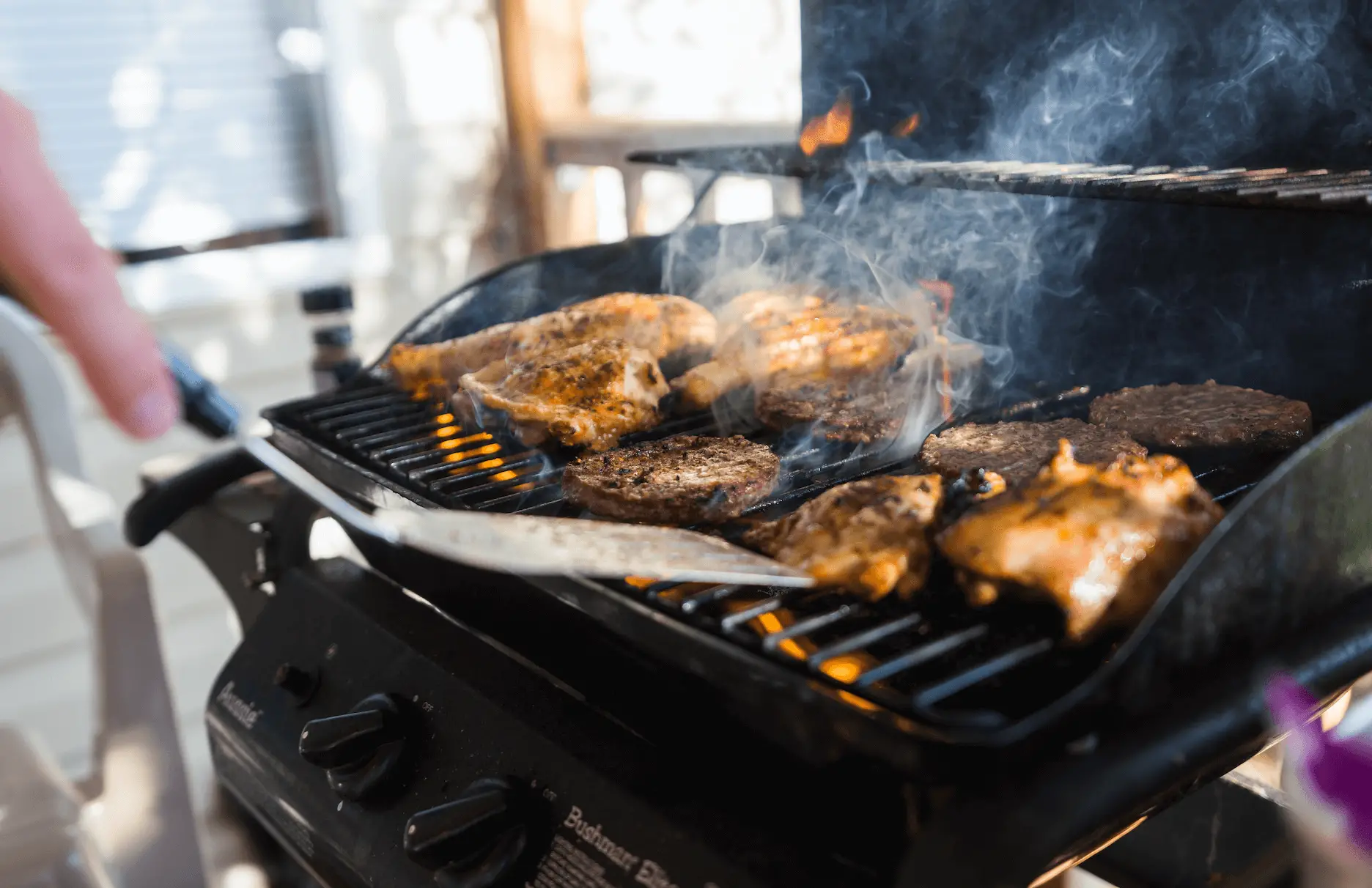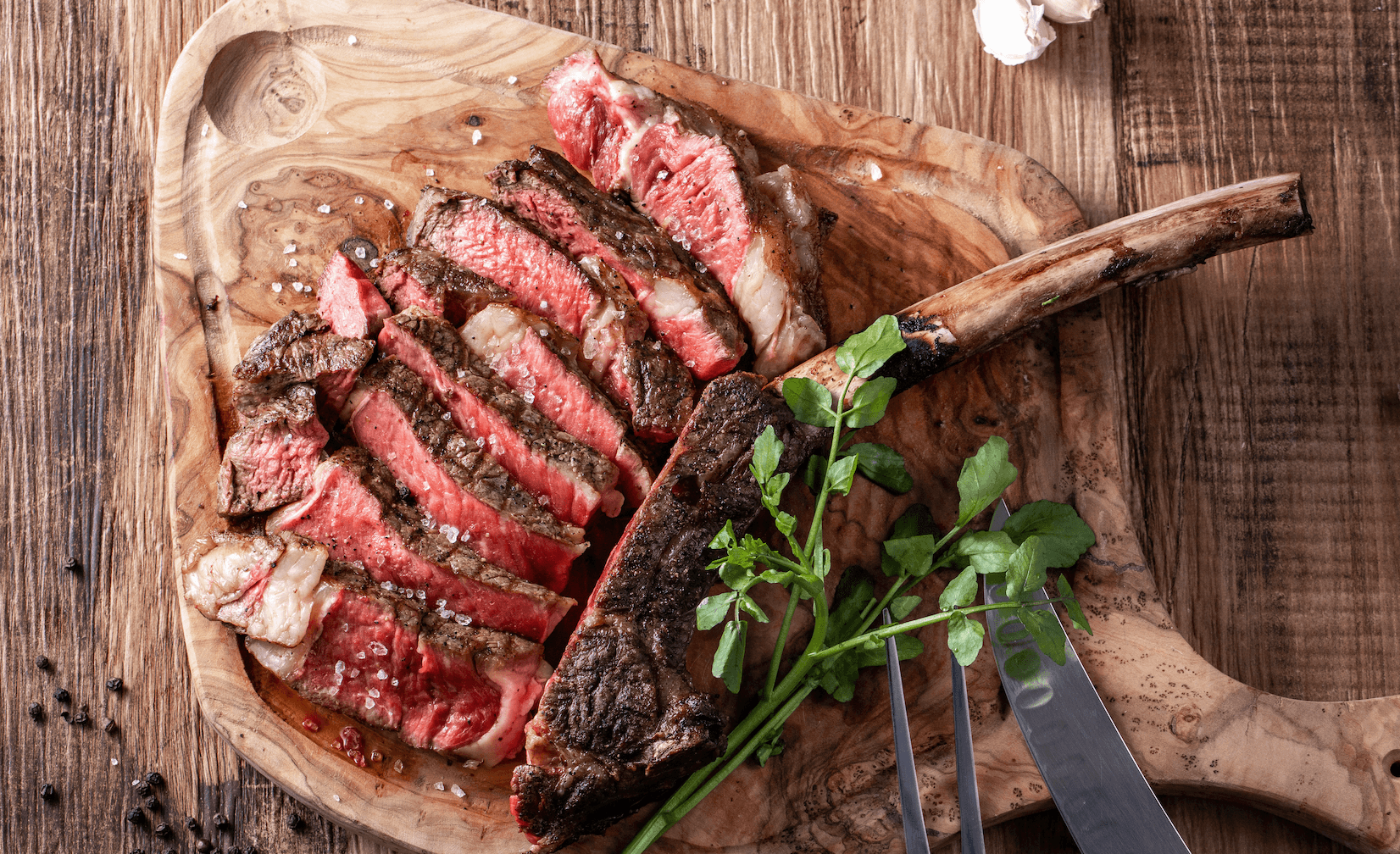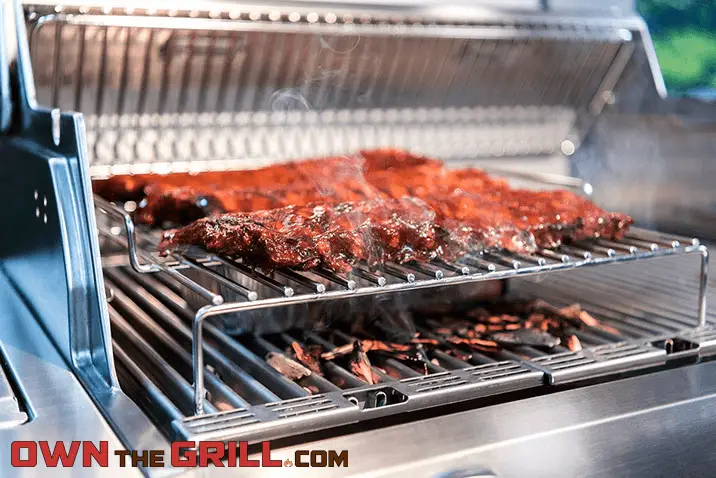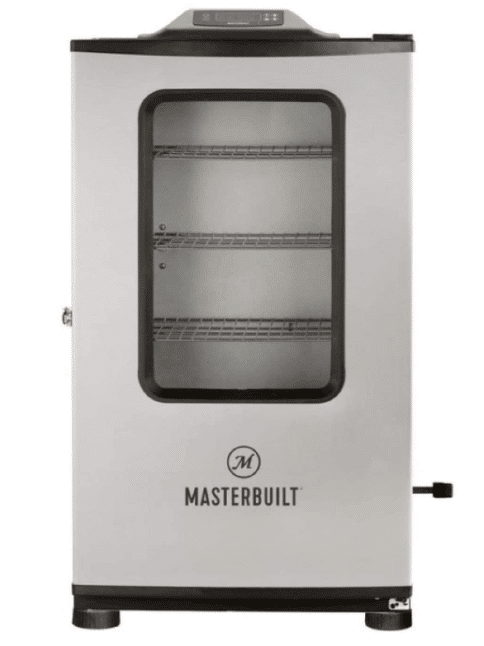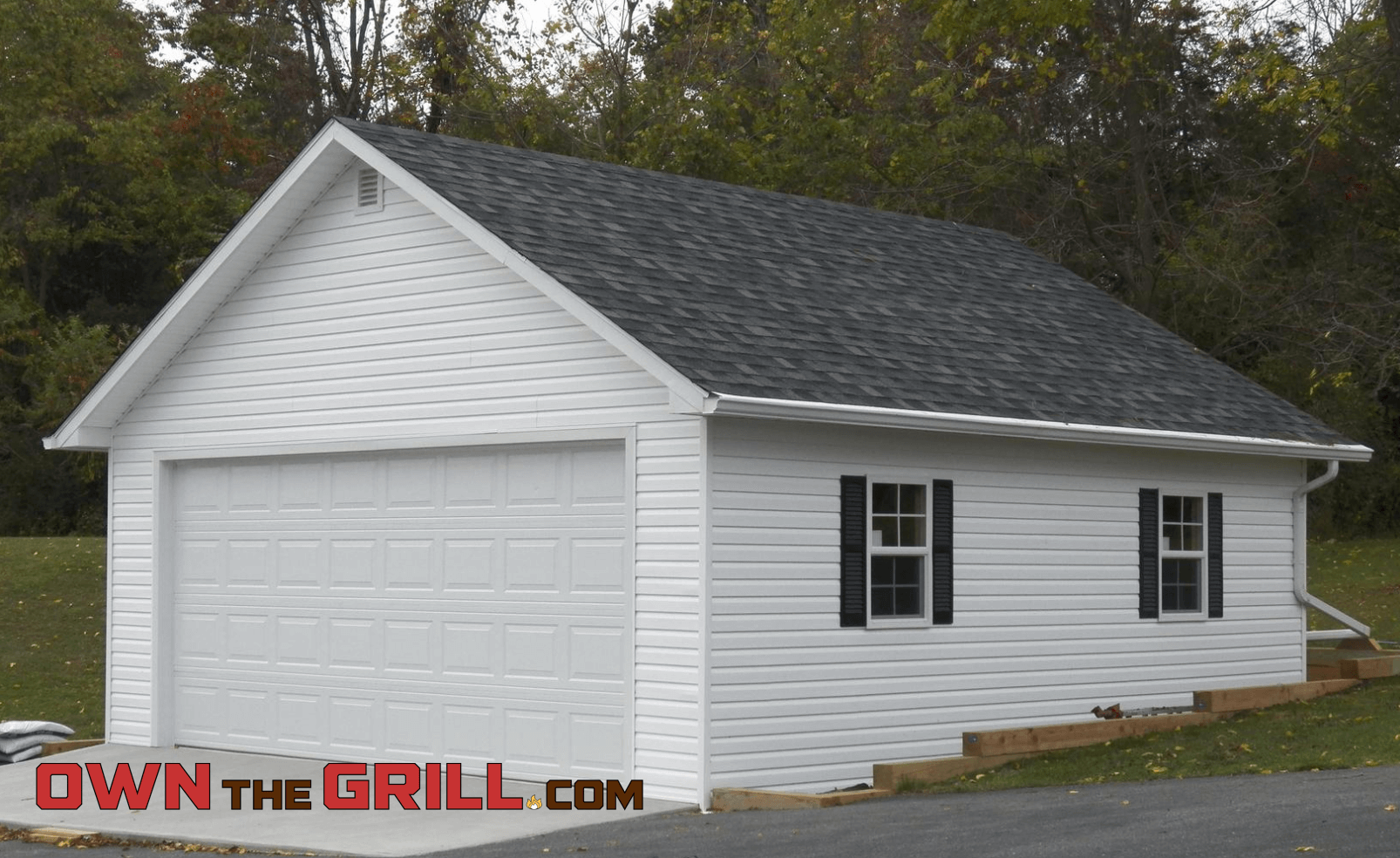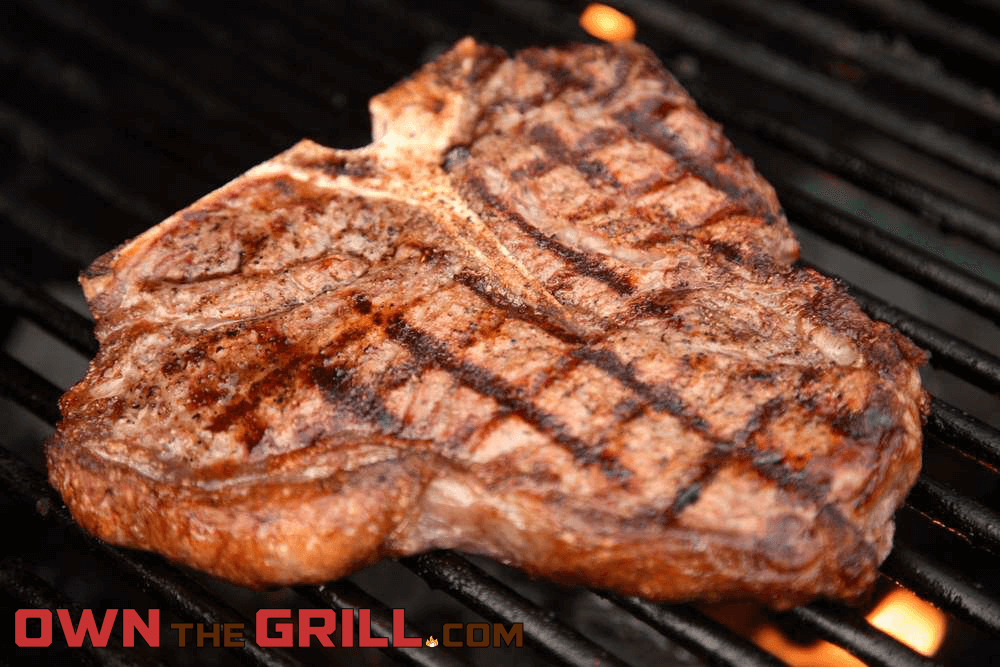This content contains affiliate links. If you make a purchase after clicking a link on this page, we might receive a commission at no cost to you.
So you’ve bought a gas grill, assembled it, and have been grilling up some of your favorite meals. But now it’s time to expand your horizons and utilize your gas grill for a little more adventure.
Low and slow cooking is one of the most popular way to prepare meats and opens up an entire new world of possibilities – but the big question is: Can I cook low and slow on a gas grill?
The short answer is a huge emphatic yes! In this article, we’ll go over everything you need to know for how to cook low and slow on a gas grill – no matter whether you’re working with a cheap grill, a high end option, or anywhere in between. By the end, you’ll be able to fire up some delicious BBQ ribs, brisket, and many other meats!
Can I Cook Low and Slow On a Gas Grill?
Yes, you can most definitely cook low and slow on a gas grill. The key is to utilize an indirect heat set up to maintain a low and steady temperature for your food to cook. Most gas grills will burn too hot for low and slow cooking with all of their burners on, even on the low setting.
For example, if you have a 4 burner gas grill, try setting the far right burner to medium heat and the burner next to it to low heat. You would then place your food on the left side of the grill, and the cooker should maintain an ambient temperature of 225°F – 275°F.
If you have a 2 burner gas grill, maybe try out setting your right burner to low and cooking the food on the left side of your grill.
Each grill is different, so take a few tries to experiment with your set up until you figure out that perfect combination to maintain a steady low and slow temperature. You can learn more about indirect heat set ups and how to best utilize them from the experts at amazingribs.com.
What About Smokey Flavor?
One of the main reasons you’re probably asking “can I cook low and slow on a gas grill?” is so that you can achieve tasty, delicious, traditional BBQ smokey flavor with your food. Many assume that this type of flavor can only come from smoking low and slow on a traditional offset smoker or other types of smokers.
But the truth is, it’s quite possible and very easy to convert a gas grill into a smoker. Essentially, all you have to do is utilize the indirect heat cooking method outlined above combined with some sort of smoke generator.
A smoke generator can either be a permanent attachment that you install to your grill – like a cold smoke generator, or a portable solution like a pellet smoker tube.
Either way, the idea is the same. The goal is to generate smoke, and have it flow through your gas grill and absorb into your food. For my taste, the easiest way to do it is by far with a pellet tube smoker – it’s a transportable, easy to use solution and doesn’t require professional installation of a permanent smoke generator. All you need is your tube and some wood pellets and you are ready to go!
Tips For Cooking Low and Slow on a Gas Grill
Here are a few of our favorite tips to help get the most out of your grill when cooking low and slow on your gas grill:
Best Types of Food For Low and Slow Cooking
You might be wondering which foods are best suited for low and slow cooking. In general, large, fattier, and tougher cuts of meat are ideal for low and slow cooking because the extended cooking time at low temperatures allows for the food to tenderize and the fat to render.
Foods like brisket, ribs, and pork shoulder make ideal low and slow cooking meals.
Have Aluminum Pans Handy
Aluminum pans can serve a couple of helpful purposes when slow cooking on a gas grill. First, they can be used as drip pans to help catch drippings from your food while it cooks. A rack of ribs can spend 3-4 hours on the smoker, and a brisket can spend upwards of 12 hours on the cooker! That’s a lot of time for food drippings to fall off of the food and make a mess of your grill if you don’t have a pan to catch them.
A disposable aluminum pan can also serve as a water pan to help keep your cooking environment moist. If you aren’t careful, your food can easily dry out after extended cooking sessions on the smoker. Fill an aluminum pan with water and place it over your direct heat side of the grill to help keep your moisture levels right.
Don’t Overcrowd
Any time an indirect heating method is used, it’s important to not over crowd your grill with food. Make sure each cut you are cooking has ample room to breathe and be exposed to heat. Doing this also ensures that ample and even amounts of smoke are able to absorb into your food.
Pay Attention to the Weather
Windy, wet, or extreme cold conditions make your job an uphill battle. If the weather conditions are adverse, plan ahead and make 100% sure that you have your temperature right before you set out on your low and slow cooking journey. A BBQ canopy can go a long way to help block light amounts of wind or rain.
Use A Probe Thermometer
I don’t know why, but many built in grill lid thermometers are very inaccurate or flat out don’t work. When cooking low and slow, it’s crucial to get your temperatures right. I always use a probe or bluetooth thermometer to measure the ambient temperature of my grill.
If you want to make sure you have it right, it’s nice to have a temperature reading that you can 100% count on.
With 165 feet of range and a dual sensor probe, it doesn't get much easier or more accurate than the Meater Plus.
Final Thoughts
If you came into this article wondering “can I cook low and slow on a gas grill?”, I hope you have found your answer! You can definitely use a gas grill to cook low and slow if you have the knowledge and proper equipment. It’s entirely possible to make delicious slow cooked BBQ in your traditional gas grill.


